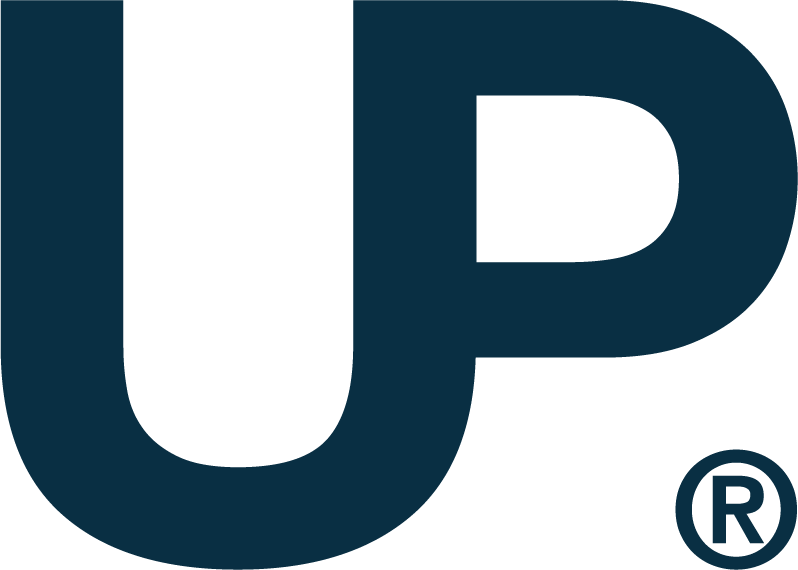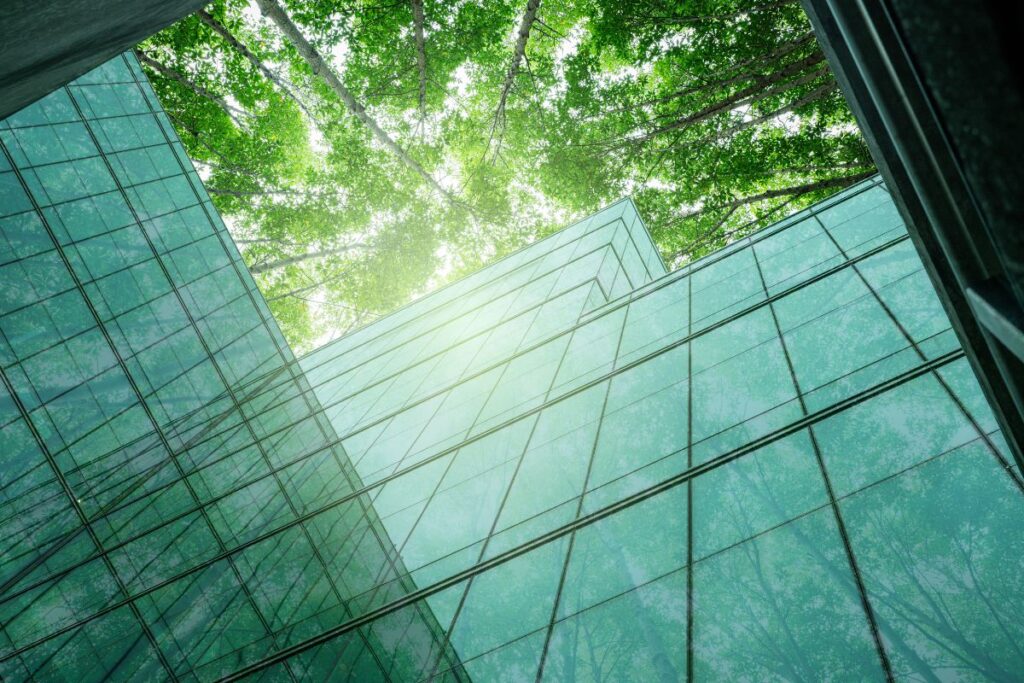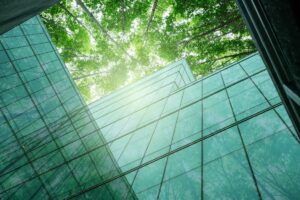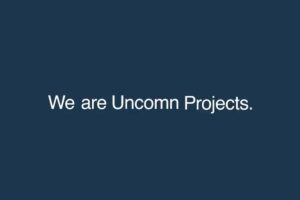In an era where the multifamily industry is constantly evolving, there’s a growing demand for projects that go beyond the ordinary. These innovative developments are redefining the way we think about residential living, offering unique amenities, sustainable features, and community-focused experiences. In this blog, we’ll explore some of the most groundbreaking multifamily projects that are shaping the industry.
Sustainable and Eco-Friendly Projects
One of the most significant trends in multifamily development is a focus on sustainability. Developers are increasingly incorporating eco-friendly features into their projects, not only to reduce their environmental impact but also to appeal to environmentally conscious renters.
- Net-Zero Energy Buildings: These projects aim to produce as much energy as they consume, often through solar panels and energy-efficient design.
- Green Building Certifications: Many multifamily developments are seeking certifications like LEED (Leadership in Energy and Environmental Design) to demonstrate their commitment to sustainability.
- Sustainable Materials: From recycled building materials to low-VOC paints, developers are exploring innovative ways to minimize the environmental footprint of their projects.
Case Study: The Eddy, Portland, Oregon
The Eddy is a prime example of a sustainable multifamily development. This LEED Platinum-certified building features a rooftop solar array, rainwater harvesting, and energy-efficient appliances. Additionally, the Eddy offers bike-sharing facilities, electric vehicle charging stations, and a community garden, promoting a sustainable lifestyle for its residents.
Co-Living and Shared Spaces
The co-living trend has gained significant momentum in recent years, offering a unique living experience for individuals seeking social interaction and affordability. Co-living communities often provide shared amenities such as kitchens, living rooms, and outdoor spaces, fostering a sense of community among residents.
- Flexible Lease Terms: Co-living often offers short-term leases, making it ideal for individuals who frequently relocate or are new to a city.
- Social Events and Activities: Many co-living communities organize social events and activities to help residents connect with one another.
- On-Site Amenities: Co-living spaces often include amenities like gyms, game rooms, and co-working spaces.
Case Study: Common, San Francisco
Common is a leading co-living provider with locations in major cities across the United States. Their communities offer a variety of shared amenities, including rooftop decks, community kitchens, and laundry facilities. Additionally, Common provides residents with access to a network of like-minded individuals and social events.
Modular and Prefabricated Construction
Modular and prefabricated construction have emerged as efficient and cost-effective alternatives to traditional building methods. These techniques involve constructing building components in a factory and assembling them on-site, reducing construction time and minimizing waste.
- Faster Construction: Modular construction can significantly reduce the time it takes to complete a project.
- Improved Quality Control: Building components can be manufactured in controlled factory environments, ensuring higher quality standards.
- Cost-Effectiveness: Modular construction can often be more cost-effective than traditional building methods.
Case Study: The Beacon, Seattle
The Beacon is a modular apartment building in Seattle that was constructed in just six months. The project utilized prefabricated modules that were assembled on-site, resulting in a faster construction timeline and reduced costs. The Beacon offers a variety of apartment layouts and amenities, including a rooftop terrace and fitness center.
Technology-Driven Innovations
Technology is playing an increasingly important role in multifamily development. From smart home features to virtual tours, innovative technology is enhancing the resident experience and improving property management efficiency.
- Smart Home Technology: Many multifamily projects are incorporating smart home features like voice-activated assistants, smart thermostats, and smart locks.
- Virtual Tours: Virtual tours allow prospective renters to tour properties from the comfort of their own homes, saving time and increasing leasing efficiency.
- Property Management Software: Advanced property management software can streamline tasks such as rent collection, maintenance requests, and communication with residents.
Case Study: The Hub, Austin, Texas
The Hub is a multifamily development in Austin that features a variety of smart home amenities. Residents can control their lights, thermostats, and locks using their smartphones or voice commands. Additionally, The Hub offers a resident portal where residents can pay rent, submit maintenance requests, and communicate with property management.
Community-Focused Developments
Creating a strong sense of community among residents is a key goal for many multifamily developers. By providing shared amenities, organizing community events, and fostering a welcoming atmosphere, developers can create vibrant and engaging living environments.
- Shared Amenities: Shared amenities such as swimming pools, fitness centers, and community gardens can help foster a sense of community.
- Community Events: Organizing events like neighborhood barbecues, movie nights, and holiday parties can help residents connect with one another.
- On-Site Services: Offering on-site services like dog walking, package delivery, and dry cleaning can make life easier for residents.
Case Study: The Grove, Los Angeles
The Grove is a multifamily development in Los Angeles that prioritizes community-building. The project features a variety of shared amenities, including a rooftop pool, outdoor lounge areas, and a community garden. Additionally, The Grove organizes regular community events and offers on-site services like package delivery and dry cleaning.
Conclusion
The multifamily industry is constantly evolving, with innovative projects pushing the boundaries of what is possible. From sustainable features to community-focused amenities, these projects are redefining the way we think about residential living. As the demand for high-quality, unique living experiences continues to grow, we can expect to see even more innovative multifamily developments emerge in the years to come.
Additional Resources
- National Multifamily Housing Council (NMHC): https://www.nmhc.org/
- Urban Land Institute (ULI): https://uli.org/
- RentCafe: https://www.rentcafe.com/onlineleasing/
- Apartment Guide: https://www.apartmentguide.com/





